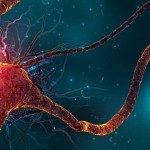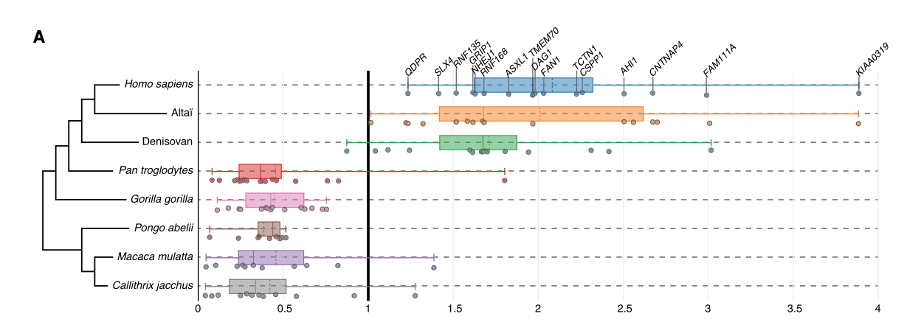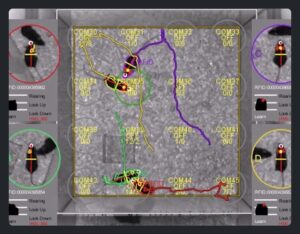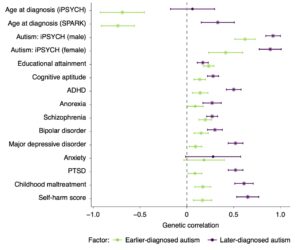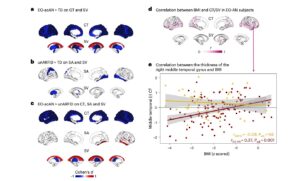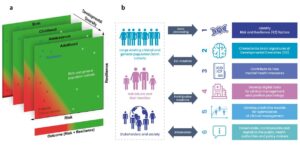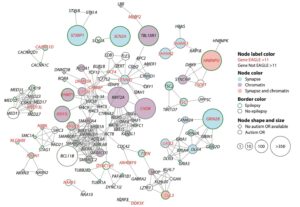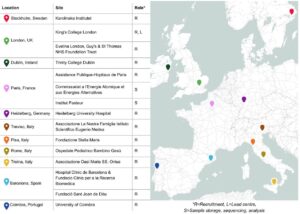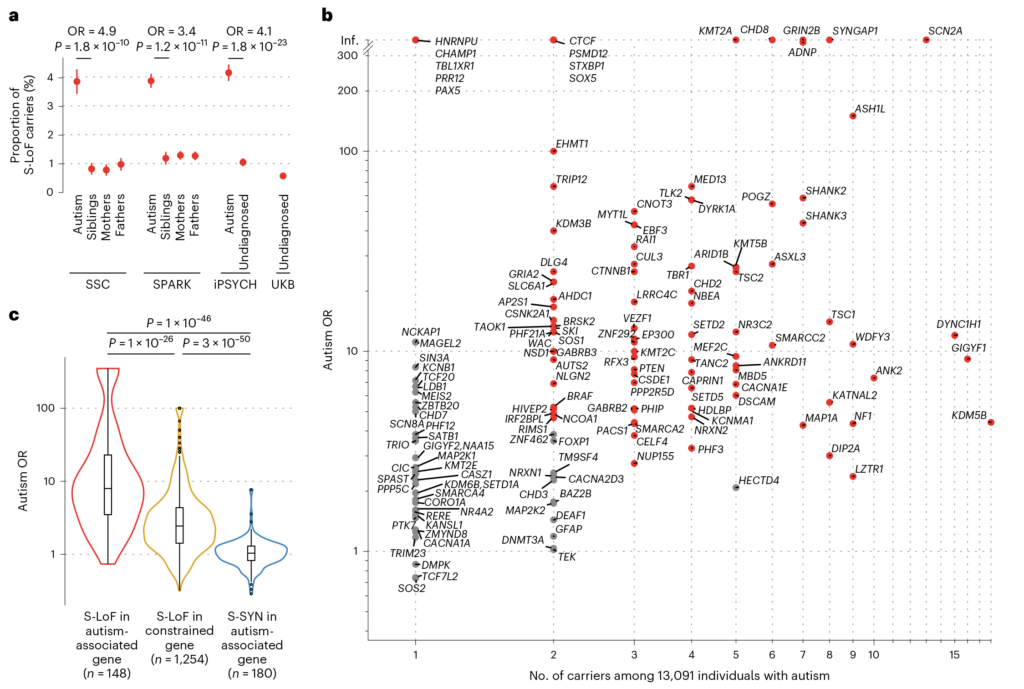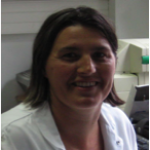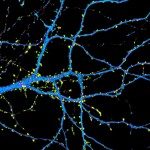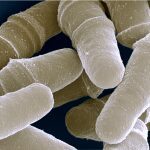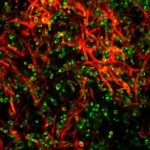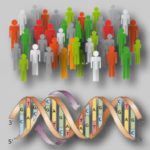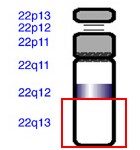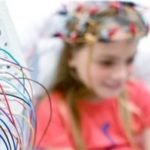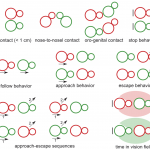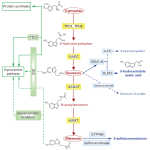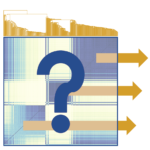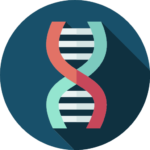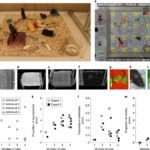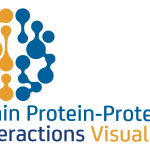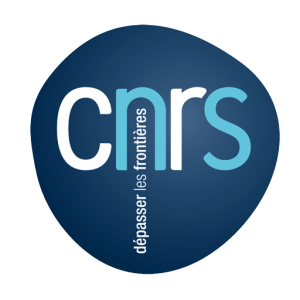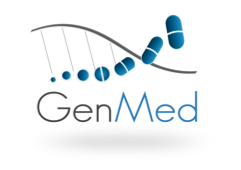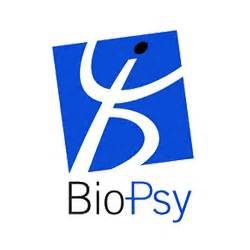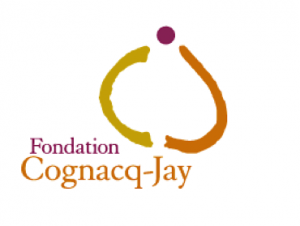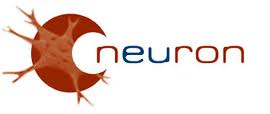Our group gathers psychiatrists, neuroscientists and geneticists to understand the causes of Autism Spectrum Disorders (ASD). We previously identified one synaptic pathway associated with ASD – the NLGN-NRXN-SHANK pathway. This pathway is known for playing a role in synapse formation and the balance of excitation and inhibition within the brain. In parallel, we identified the first mutations within the melatonin pathway, which could contribute to the sleep problems often observed in individuals with ASD. Our results highlight the genetic heterogeneity of ASD, but also point at common pathways that could constitute relevant knowledge for new treatments targeting the clinical symptoms often associated with ASD such as intellectual disabilities or epilepsy. We are currently performing a thorough genomic and clinical profiling of a large number of individuals (> 1000 families with ASD) using high-throughput genotyping/sequencing, biochemistry and brain imaging. In parallel, we are focusing on a set of mutations that we identified in genes related to the synapse (NLGN, SHANK, CNTN) by studying in depth their functional impact at the clinical and neuronal levels. Especially, we are exploring new ways of modulating the observed deficits by using human induced pluripotent stem cells (iPSC) and animal models. Our group is also developing new methods for analyzing whole genome and brain imaging data as well as new paradigms for characterizing mice social and vocal behaviors.
Currently recruiting 2 postdocs: one in human genetics and one in neuroimaging!
To learn more about autism, visit our Autism page.
Please check out The R2D2-MH project !!!
Find great advice from the Child Psychiatry Department of Pr Richard Delorme (Robert-Debré Hospital) on CléPsy.
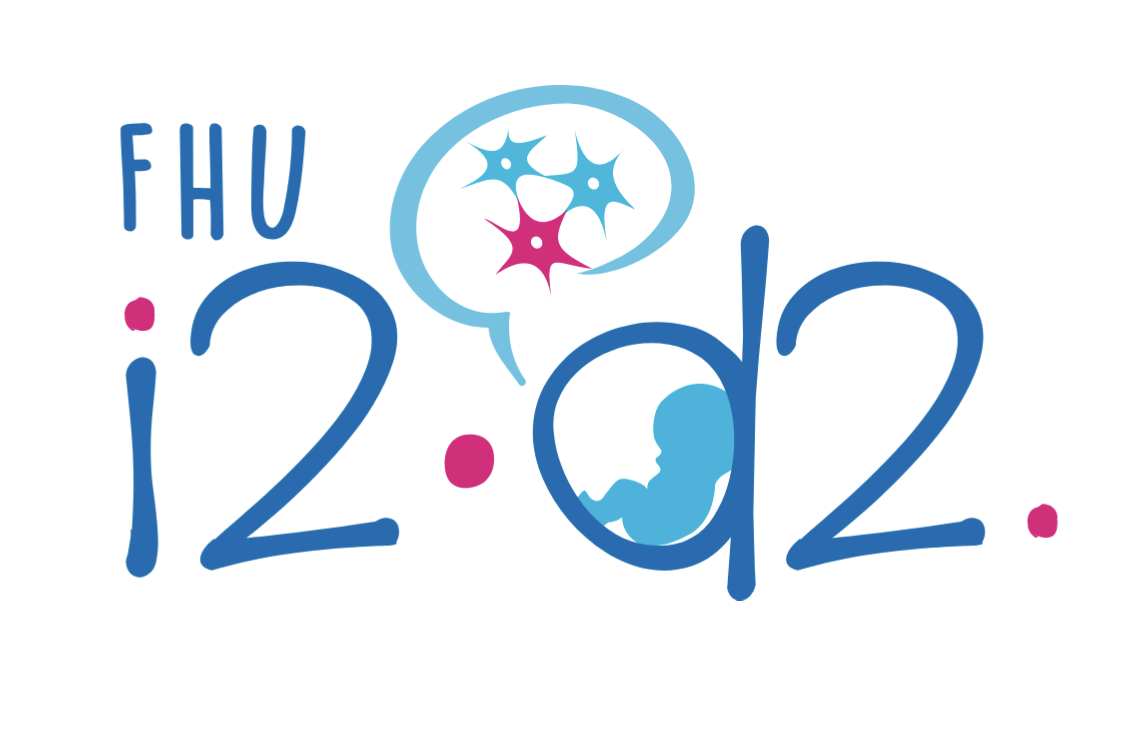
Our websites

GenEvo is an online tool that enables users to explore, visualize, and test the evolution of protein-coding genes in modern and archaic humans, and other primates. Users can explore their own gene list or curated gene list. Once queried, GenEvo computes the direction and magnitude of selective pressure of the gene list compared to the genome. It also proposes different visualizations, from raw evolutionary measure (dN/dS; Neanderthal introgression) to brain expression (3D visualization of Allen Brain atlas).
LMT is designed to track mice or rats on the long term (from hours to months of recording), and to provide automatic bahavioural annotation, specificaly on the social events. This video shows the main principle: on the left hand side, you can see the tracking in real time, and on the right side, the data and the labeling that is extracted.
Our recent contributions
Polygenic and developmental profiles of autism differ by age at diagnosis Xinhe et al. 2025
Neuroimaging insights into brain mechanisms of early-onset restrictive eating disorders Moreau et al. 2025
A Genetic Bridge Between Medicine and Neurodiversity for Autism Leblond et al. 2024
European Autism GEnomics Registry (EAGER): protocol for a multicentre cohort study and registry Bloomfield et al. 2024
Phenotypic effects of genetic variants associated with autism Rolland et al. 2023
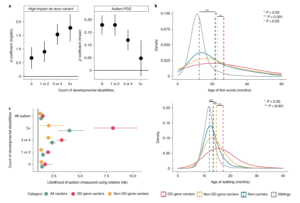
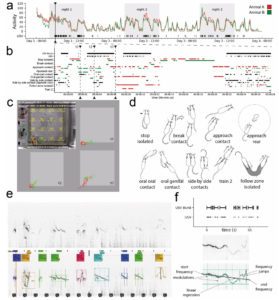 Spontaneous social communication in laboratory mice – placing ultrasonic vocalizations in their behavioral context Ey, De Chaumont & Bourgeron. 2020
Spontaneous social communication in laboratory mice – placing ultrasonic vocalizations in their behavioral context Ey, De Chaumont & Bourgeron. 2020


